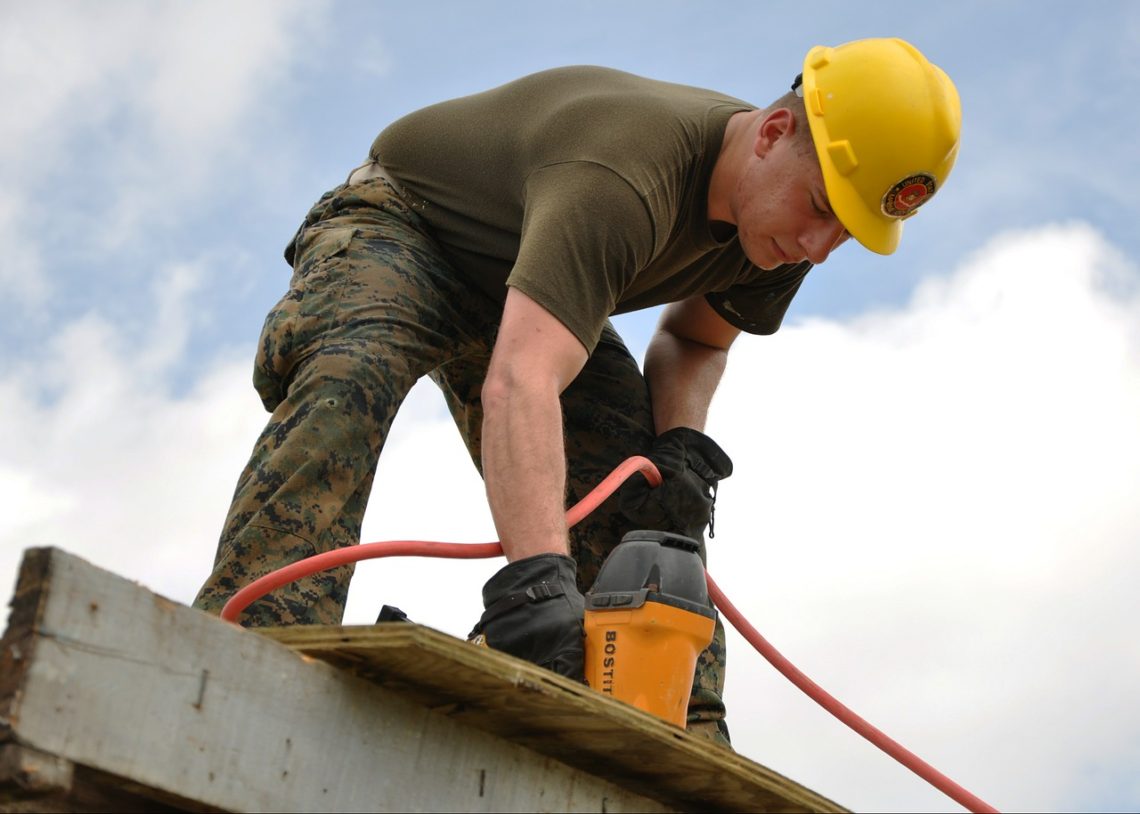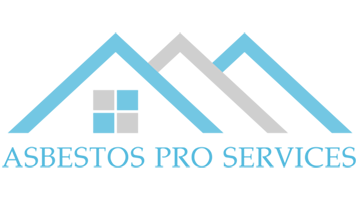
Starting in the 1970s, the government developed regulations that were designed to protect construction workers from harmful health risks associated with the materials involved in asbestos construction. Today, most construction sites where asbestos is known to be present should be monitored daily for levels of asbestos in the work environment. However, companies often do not follow these rules and put construction workers at risk.
The Occupational Safety and Health Administration (OSHA) has established rules for controlled zones at construction sites where asbestos is present. For their own protection, workers are required to follow safety precautions, including wearing protective respiratory equipment and clothing. Employers are also required to provide decontamination areas for construction workers at sites where asbestos is present. At sites where an employee is exposed to greater amounts of asbestos, employers are required to provide routine medical examinations for workers.
A total of 25 states, including Puerto Rico and the Virgin Islands have OSHA-approved state plans and have adopted their own standards and enforcement policies. For the most part, these states adopt standards that are identical to federal OSHA rules. However, some states have adopted different standards or may have different enforcement policies.
In addition, OSHA rules stipulate that if you are working in an area that contains asbestos, your employer must pay for special training that covers the dangers of asbestos and what precautions to take.
Construction workers who are often at risk of exposure to asbestos include:
Drywall installers
Electricians
Insulators
Plumbers and pipefitters
Sheet metal workers
Laborers
Brickmasons
Carpenters
Plasterers
Welders
